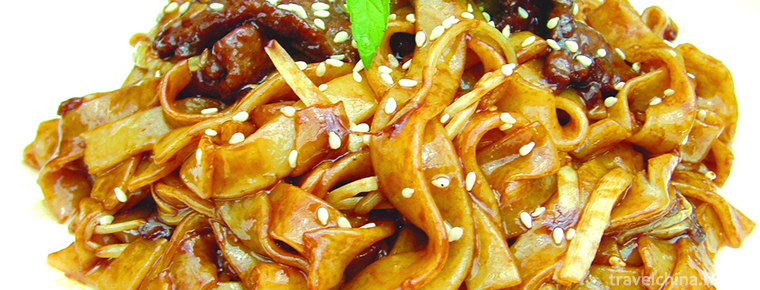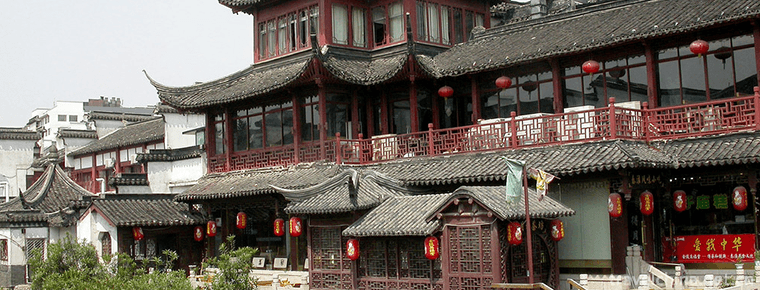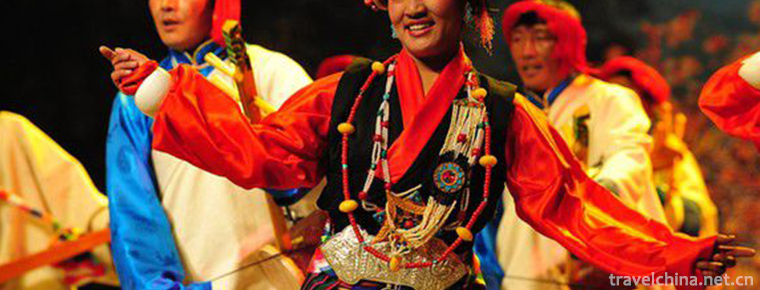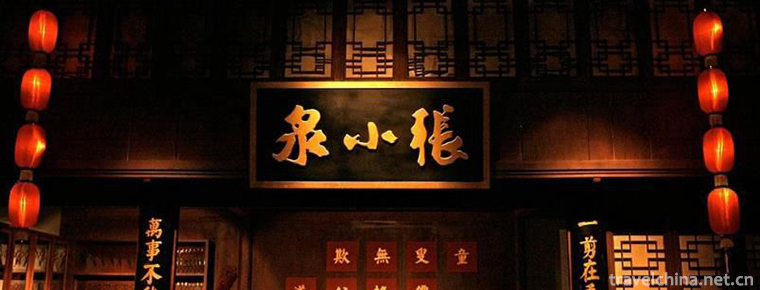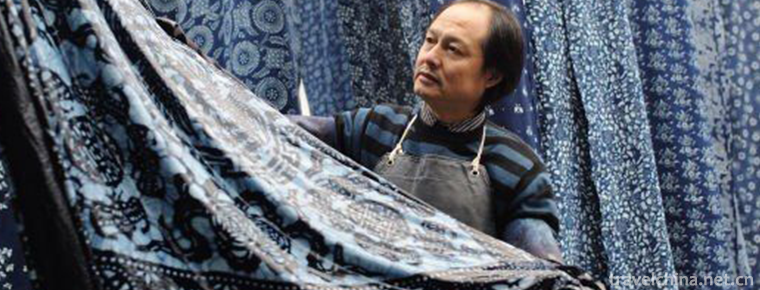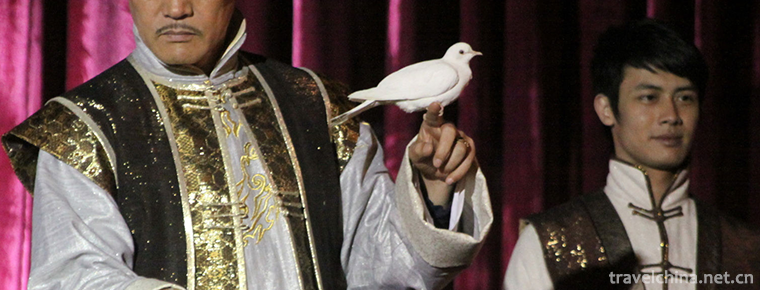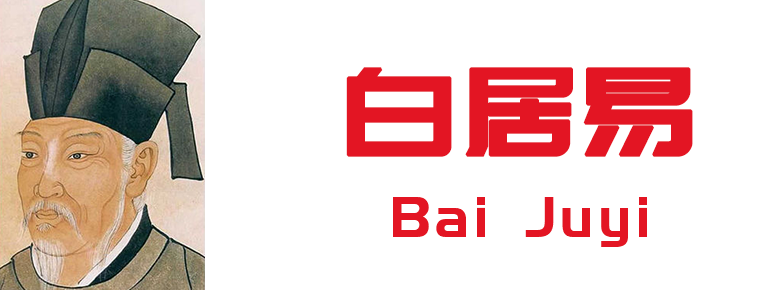Traditional cooking techniques of Liao cuisine
Traditional cooking techniques of Liao cuisine
In April 2016, "Liao cuisine traditional cooking skills" was approved by the State Council as a national intangible cultural heritage, Liao cuisine became the first major cuisine department in the country to become a national intangible cultural heritage project.
Launching ceremony
On April 16, 2016, provincial, municipal and district leaders issued plaques for the protection unit of the national intangible cultural heritage "Liao Cuisine Traditional Cuisine Skills" for Lumingchun Hotel, and held a live inheritance and launching ceremony of "Liao Cuisine Traditional Cuisine Skills".
"Traditional cooking skills of Liao cuisine" has been approved by the State Council as a national intangible cultural heritage. Liao cuisine has become the first national intangible cultural heritage project in major cuisine departments.
Liao cuisine traditional cooking skill is a kind of traditional skill which was approved by the State Council in 2014 and listed in the fourth batch of national intangible cultural heritage list.
Historical sources
At the meeting, the leader of the non-legacy Department of Liaoning Provincial Department of Culture said: "We should carry forward the traditional culture, protect, inherit and promote the traditional cooking skills of Liao cuisine, so that Liao cuisine, the first national non-legacy project in China, will become a shining business card on the map of Liao and Shen."
Liao cuisine has a history of more than 3000 years. It is a local cuisine based on the national characteristics, regional characteristics, dietary customs and cooking techniques of Liaoning. It is recognized by the world for its long history and skills. Today, Liao cuisine has become the first major cuisine department in the country to become a national intangible cultural heritage project, which is an important milestone in the development of Liaoning catering culture. Liaoning will establish a team of teachers with Lumingchun as the main leader, Liao cuisine as the representative of traditional cooking skills, and Liao cuisine as the inheritor. Liao cuisine traditional cooking skills will be radiated to Liaoning cities, and 31 Liao cuisine heritage shops will be established. Liao cuisine representative inheritors will regularly conduct counseling, demonstration and standardize Liao cuisine activities in various provincial and municipal heritage shops. Establish a contingent of Liao cuisine inheritance and learning to form a chain of skills. On the same day, Liaoning catering enterprises also launched the "Home-loving, Liaoning cuisine, skill-passing catering business integrity management initiative" to jointly advocate integrity management, give full play to the strength of everyone in the catering industry.
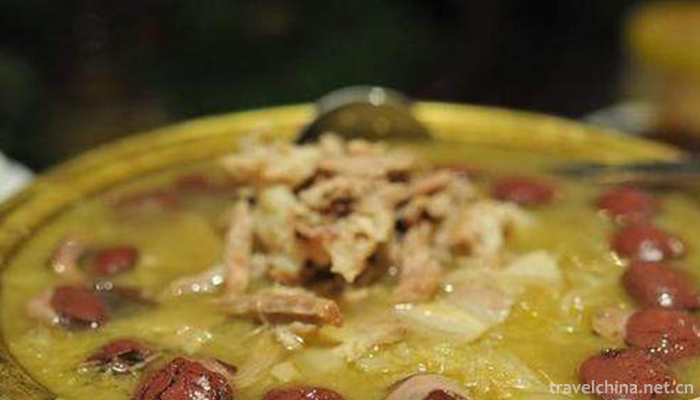

Traditional cooking techniques of Liao cuisine
-
Dry fry rice noodles with beef
Dry fried beef river is a Cantonese dish made from materials such as sprouts, river meal and beef. One of the traditional snacks in Guangdong
Views: 309 Time 2018-11-14 -
Wenchuan Special Tourist Area
Wenchuan Special Tourist Area is a memorial and cultural theme scenic area specially developed after the reconstruction of the Wenchuan Earthquake on May 12, 2008
Views: 227 Time 2018-12-12 -
Ancient Huaihe River Cultural Ecological Scenic Area
The ancient Huaihe River cultural and ecological scenic spot is located in Qingjiangpu District, Huai'an City, Jiangsu Province. It is a national AAAA-level tourist scenic spot. The scenic spot is an
Views: 113 Time 2019-01-12 -
Definite day harmonics
Dingriluo Harmony Dingriluo Harmony, the second batch of national intangible cultural heritage list of the People's Republic of China. It is the main form of folk singing and dancing in Dingri County
Views: 204 Time 2019-04-27 -
Scissors Forging Technology
Zhang Xiaoquan scissors forging technology, local traditional handicraft in Hangzhou, Zhejiang Province, one of the national intangible cultural heritage.
Views: 156 Time 2019-05-05 -
Printing and Dyeing Techniques of Blue Printed Cloth
The printing and dyeing technology of blue printed cloth is a kind of anti-dyeing and printing method of indigo printed cloth. The dye is extracted from Polygonum multiflorum.
Views: 261 Time 2019-05-11 -
conjuring tricks
Conjuring tricks is one of the traditional Chinese acrobatics. Performers use agile methods to create audiovisual illusions, performing various objects, animals or water and fire and other rapid incre
Views: 107 Time 2019-07-01 -
Yongan Daqiang Opera
Yongan Daqiang Opera was formed in the mid-Ming Dynasty. It is a genre of Yiyang Opera. It is called Daqiang Opera because it is "big gong, big drum and big voice singing high tune". During
Views: 237 Time 2019-07-14 -
Bai Juyi
Bai Juyi (772 - to - 6), Le Tian, the number of Xiangshan residence, and Mr. drunken Yin, whose ancestral home is Taiyuan, Shanxi. And moved to his great grandfather. Lower jaw Born in Henan Xinzheng
Views: 296 Time 2019-09-06 -
Zigong Salt History Museum
Zigong Salt History Museum is located in the center of Zigong, Sichuan Province. It was built in 1959. It is one of the earliest professional museums in the history of Chinese museum development. It is still the only Museum of salt history in China. On May 18, 2017, it was promoted to the third batch of national first-class museums.
Views: 181 Time 2020-10-15 -
Suining Education
By the end of 2019, Suining had 911 schools of all levels and types, with 440000 students and 32000 full-time teachers. Among them, 196 primary schools enrolled 30600 students and 180600 students; 130 junior high schools, 28300 students and 78400 students
Views: 370 Time 2020-12-16 -
Meishan transportation
Meishan occupies an important traffic area at the South Gate of Chengdu, including Chengdu Leshan expressway, Chengdu Ya'an expressway, Chengdu Ziji Luzhou Expressway passing Renshou City, Leya Expressway passing through Hongya City, and Suizi
Views: 362 Time 2020-12-18
